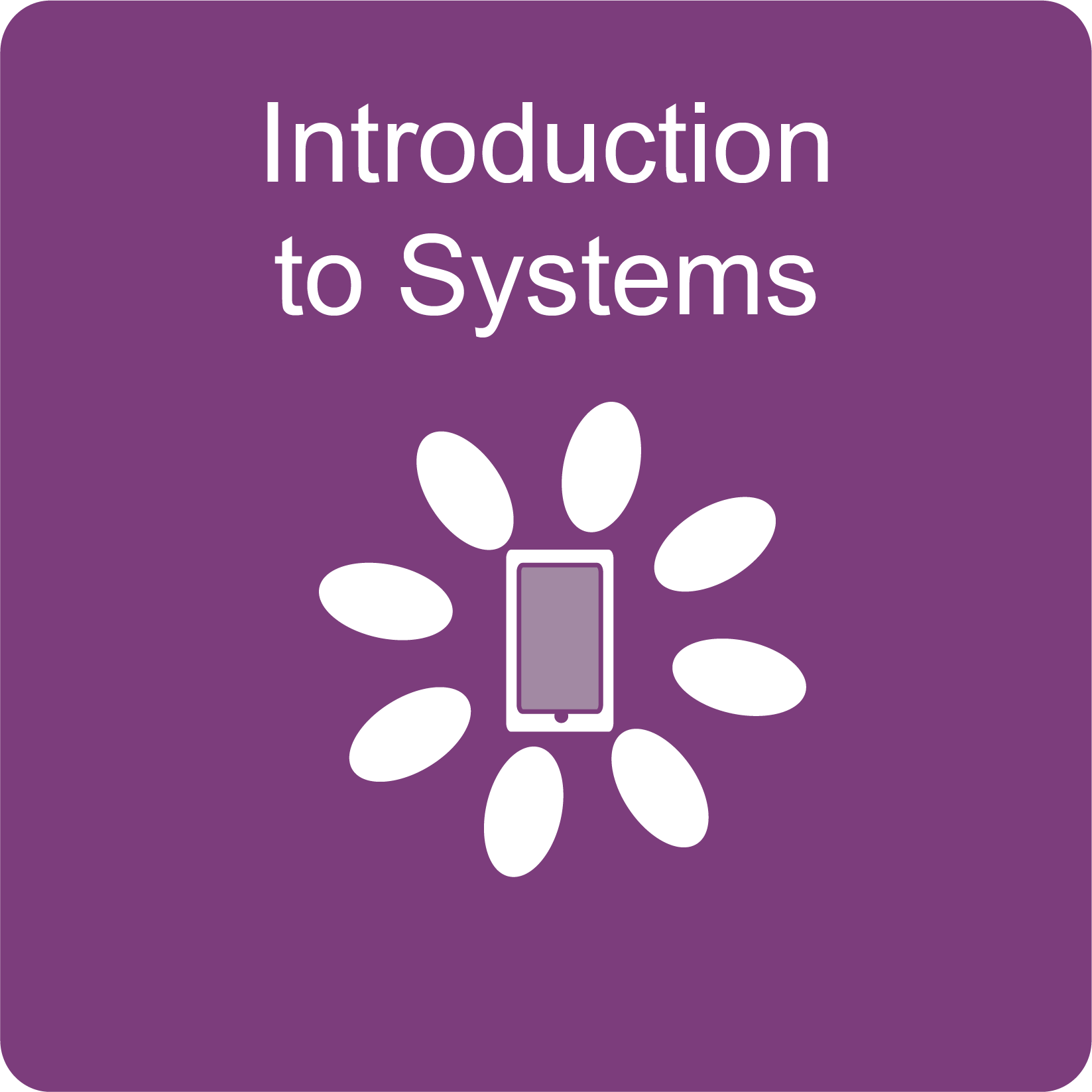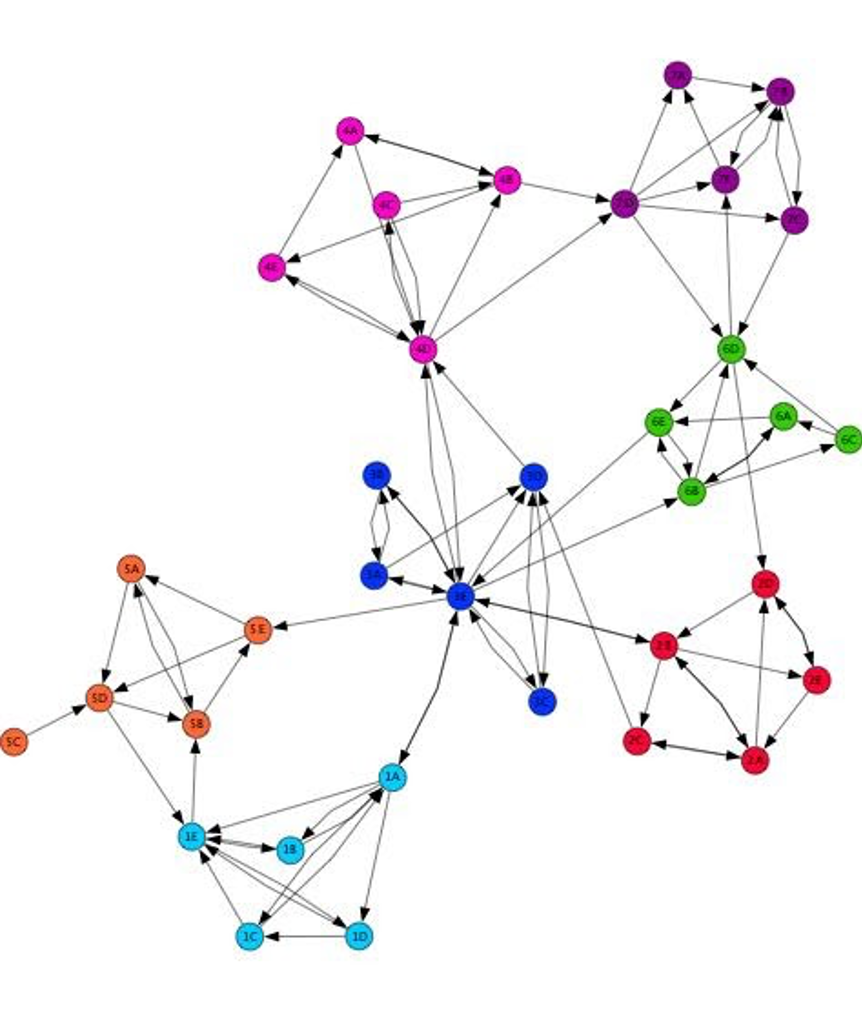Introduction to Systems

Unit Plan and Lessons Flow Chart – TBA Printable Overview Contributors

Cytoscape Network Map (Lesson 2)
The development of systems and network concepts for students begins with this highly interactive inquiry into cell phone networks. Cell phones serve as a handy knowledge base on which to develop understanding. Each cell phone represents a node, and each phone’s address book represents an edge, or the calling relationships between cell phones. Students conceptualize the entire cell phone network by drawing a graphic that depicts each cell phone in the class as a circle (node) connected by directional lines (edges) to their classmate’s cell phones in their address book. Students are queried on shortest calling pathway for calling and calling pathways when selected phones are knocked out using school and classroom scenarios.
Students then use Cytoscape, visually graphing software, to model and interrogate the structure and properties of the class’s cell phone network. They inquiry more advanced calling relationships and perturb the network (knock out cell towers) to reexamine the adjusted network’s properties. Advanced questions about roaming, cell towers and email focus on a deeper understanding of network behavior. Both the paper and software network exercises highlight properties of networks and the activities of scientists with biological networks.
Target Audience
This is our introductory module that we recommend teaching before each of our other modules to give students a background in systems. This module can be applied easily to any content area and works best as written for students between 6th and 12th grades but can be adapted for other ages. It works best when in-person with students. If you are looking for an Introduction to Systems for remote learning, please use our Systems are Everywhere module.
License
![]() Except where otherwise noted, the Introduction to Systems module, copyright Institute for Systems Biology (ISB) through Baliga Systems Education Experiences, is available under a Creative Commons Attribution-NonCommercial 4.0 International License. All logos, trademarks, and videos are property of their respective owners. This resource may contain links to websites operated by third parties. These links are provided for your convenience only and do not constitute or imply any endorsement or monitoring by ISB or ISB’s funding agencies. Please confirm the license status of any third-party resources and understand their terms of use before reusing them.
Except where otherwise noted, the Introduction to Systems module, copyright Institute for Systems Biology (ISB) through Baliga Systems Education Experiences, is available under a Creative Commons Attribution-NonCommercial 4.0 International License. All logos, trademarks, and videos are property of their respective owners. This resource may contain links to websites operated by third parties. These links are provided for your convenience only and do not constitute or imply any endorsement or monitoring by ISB or ISB’s funding agencies. Please confirm the license status of any third-party resources and understand their terms of use before reusing them.


